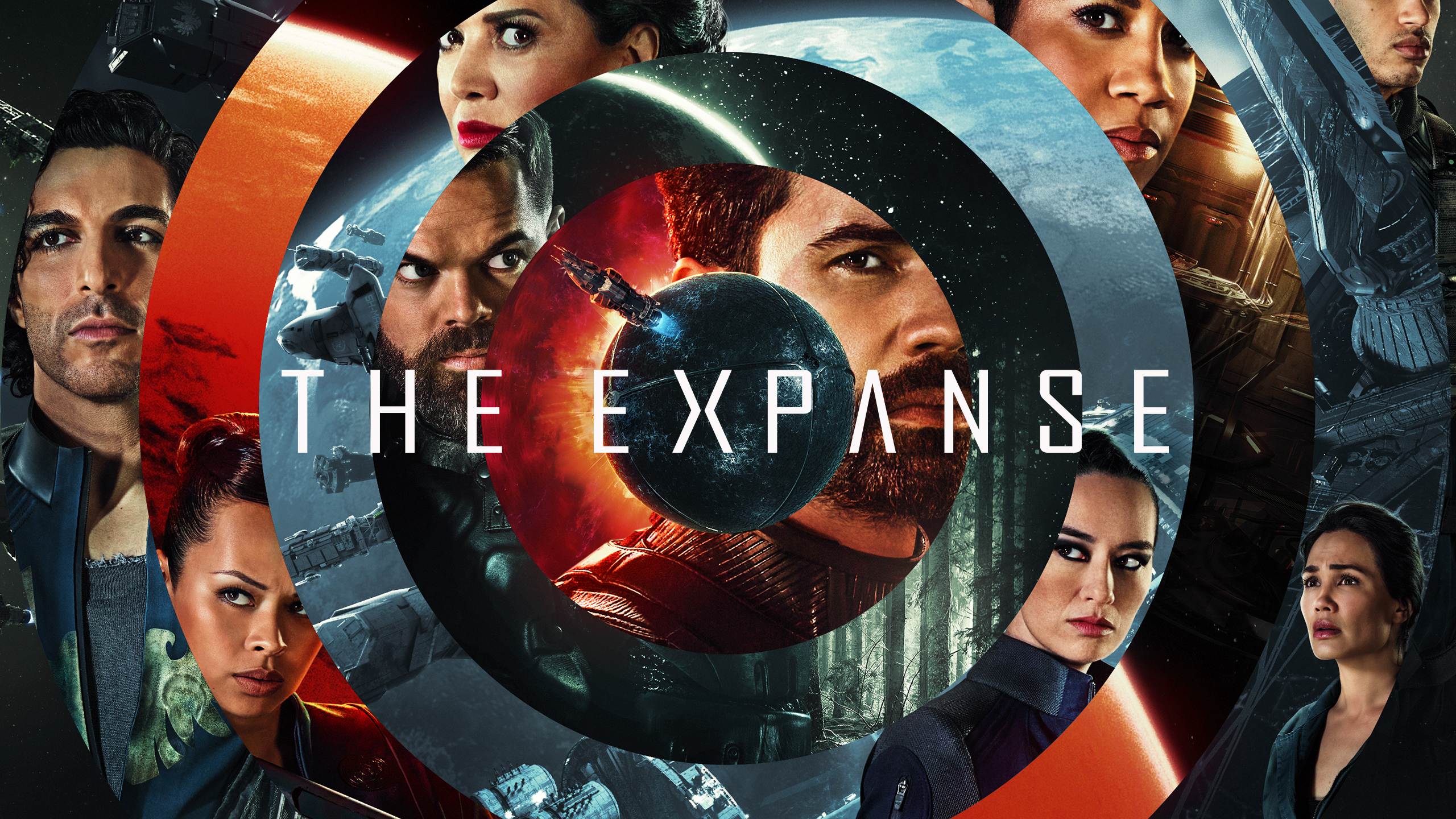Rutan Takes Aim at NASA's CEV Plans, Likens it to 'Archeology'
LOSANGELES, California - A vibrant suborbital space travel industry, including space hotels, and treks to the Moon and beyond are attainable, but only if governmental regulations don't stiflecreativity and breakthroughs in building affordable and safe public spaceliners.
Thoseare a few of the views Burt Rutan, head of the Mojave, California-based Scaled Composites--and leader of the team that designed, built and flew the milestonemaking SpaceShipOne, the first privately financed suborbital rocket plane--shared today with attendees of the the 25th International Space Development Conference. The event runs here May 4-7.
Rutan also took the time to fault NASA'sCrew Exploration Vehicle project--a key element of the space agency's Moon, Marsand beyond strategy--describing it as a taxpayer-funded research that makes absolutely nosense.
Dilemma in the making
Rutanand his Scaled Composites team are now busy at work on a fleet of suborbitalspaceliners, as well as two giant carrier planes, under a deal with Sir RichardBranson's Virgin Galactic enterprise.
Rutansaid that he remains worried about the Federal Aviation Administration (FAA)commercial space transportation regulations, tagging it a dilemma. There remainseveral sticky, red tape rules that may well cripple experimental research anddevelopment of passenger-carrying space planes.
Suchrules are inhibiting the prospect that a sustainable suborbital space travelindustry can be established, Rutan said.
Breaking space news, the latest updates on rocket launches, skywatching events and more!
Harsh words for NASA
Whilebusy trying to make safe suborbital spaceships, Rutan said he has another goal:"I want to go to the Moon in my lifetime."
Rutanhad harsh words for NASA's Crew Exploration Vehicle program--and the spaceagency's revisit of the Moon. He likened NASA's efforts to archeology.
"Theyare forcing the program to be done with technology that we already know works.They are not creating an environment where it is possible to have abreakthrough," Rutan advised. "It doesn't make sense," he said, contending thatprograms must encourage risks "in order to stumble into breakthroughs."
Althoughtipping his hat to the technical competence of NASA chief, Mike Griffin, "I wouldn'thave his job," Rutan added. The NASA task ahead is trying to fulfill thePresident Bush space exploration vision ... but given "only pennies to do it."
Safety and affordability are key
Rutansaid if he was the NASA Administrator, he would call a major press conferenceabout the agency plans to go back to the Moon.
"I'dgo in front of the microphone," Rutan said, "and I'd scream at the top of mylungs, 'this is stupid,' then turn around and head back to the office and goback to work."
"Ifwe copy what we had it won't be affordable enough or safe enough," Rutan said,to foster human space travel beyond low Earth orbit, to the Moon, and outward.
NASA'sspace shuttle is complex and generically dangerous, Rutan pointed out. Still,not flying the shuttle to the Hubble Space Telescope is symbolic of a largerissue.
"Thebudget forecast [for NASA] is to go out and spend hundreds of billions ofdollar to go to Mars and yet you don't have the courage to go back to theHubble ... it looks like you got the wrong guys doing it," Rutan concluded.
Leonard David is a Senior Space Writer for SPACE.com and the former editor of Ad Astra, the official magazine of the National Space Society
NOTE: The views of this article are the author's and do not reflect the policies of the National Space Society.
Visit SPACE.com/Ad Astra Online for more news, views and scientific inquiry from the National Space Society.

Leonard David is an award-winning space journalist who has been reporting on space activities for more than 50 years. Currently writing as Space.com's Space Insider Columnist among his other projects, Leonard has authored numerous books on space exploration, Mars missions and more, with his latest being "Moon Rush: The New Space Race" published in 2019 by National Geographic. He also wrote "Mars: Our Future on the Red Planet" released in 2016 by National Geographic. Leonard has served as a correspondent for SpaceNews, Scientific American and Aerospace America for the AIAA. He has received many awards, including the first Ordway Award for Sustained Excellence in Spaceflight History in 2015 at the AAS Wernher von Braun Memorial Symposium. You can find out Leonard's latest project at his website and on Twitter.
